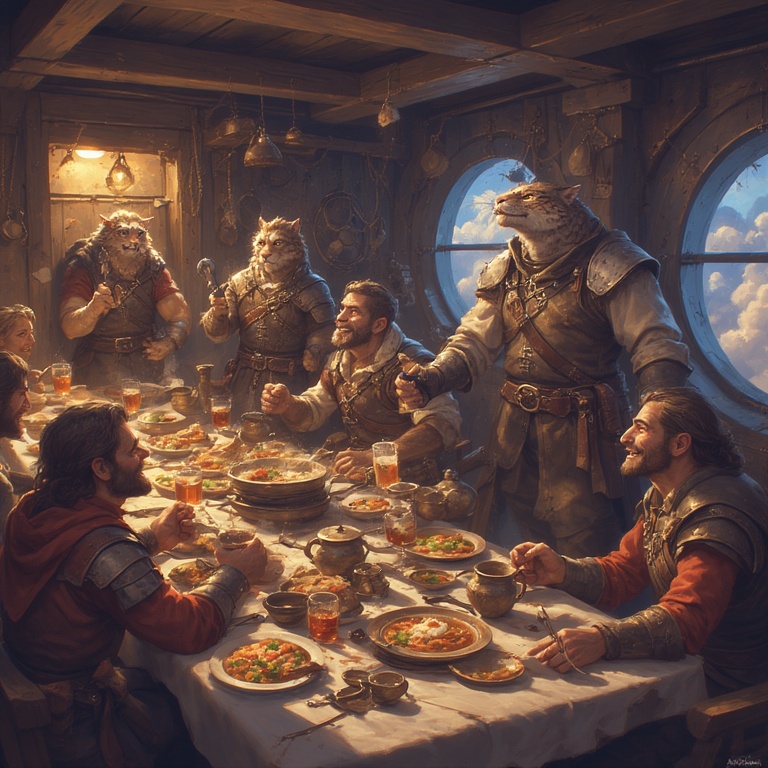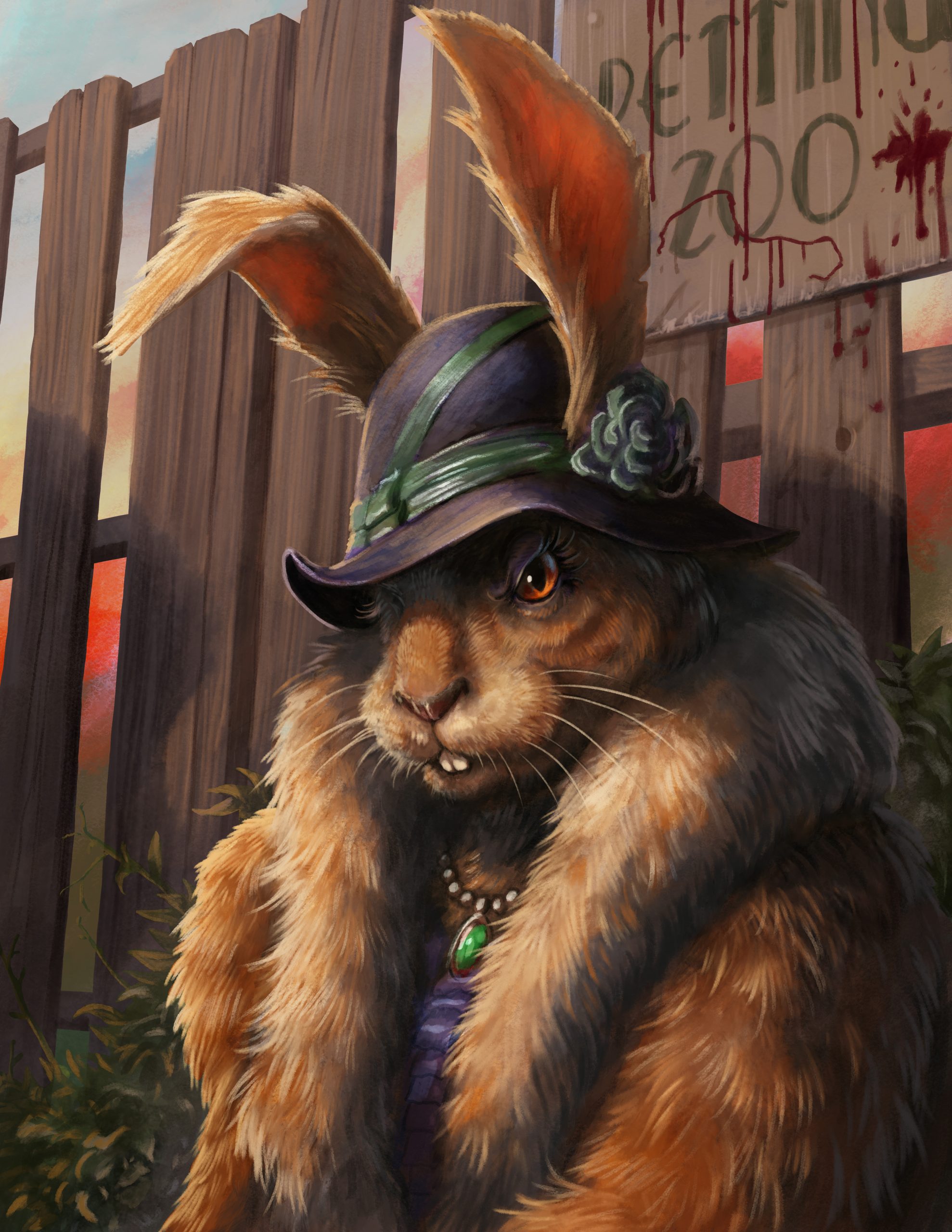
Building Characters With Purpose: Giving Your PC Goals That Matter at the Table
Most players want to build a character who feels real—someone memorable, layered, and fun to roleplay. But the secret to a great player character isn’t just the cool backstory, the edgy  aesthetic, or how many daggers you can hide in your boots. Purpose is what turns a sheet of numbers into someone who belongs in the story.
aesthetic, or how many daggers you can hide in your boots. Purpose is what turns a sheet of numbers into someone who belongs in the story.
A purposeful character isn’t simply adventuring because the game says “start adventuring.” They have goals, flaws, pressures, hopes, and relationships that shape their decisions. When your character has purpose, your DM has something to hook into, and your fellow players have something to connect with. Everyone wins.
Let’s break down how to build a PC whose motivations matter once the dice hit the table.
🎯 Step 1: Set a Clear, Player-Driven Goal
Not every character needs a grand prophecy hanging over their head—but they should want something.
A good character goal should be:
-
Personal (matters deeply to them)
-
Actionable (something you can pursue in play)
-
Hookable (something the DM can build around)
Examples:
-
“Find my missing mentor”
-
“Prove my disgraced family name deserves redemption”
-
“Master the strange magic growing inside me before it consumes me”
Weak goals:
-
“Get gold” (everyone wants that)
-
“See the world” (too vague)
-
“Do whatever the party does” (gives the DM nothing)
A great goal is a compass. It doesn’t force the story, but it guides how you act within it.
⚖️ Step 2: Embrace Flaws That Shape Decisions, Not Just Flavor
Flaws aren’t just interesting details—they’re the engine of drama and growth.
Strong flaws change how you play.
Weak flaws sit on the sheet and gather dust.
Try flaws that:
-
Create tension without sabotaging the party
-
Give NPCs leverage or emotional weight
-
Open opportunities for character development
Examples:
-
Quick to anger when someone insults your homeland
-
Haunted by guilt after abandoning someone long ago
-
Terrified of losing control of your magic
Avoid:
-
“I don’t work well with others” (a party killer)
-
“I’m rude because it’s funny” (usually isn’t)
-
“I’m insane lol” (not a character—just chaos)
A good flaw makes you human. A bad flaw makes you a problem.
🧩 Step 3: Build Arc Potential (Give Yourself Room to Change)
The best RPG characters evolve.
Think about:
-
What could change your worldview?
-
What might challenge your flaw?
-
How might success—or failure—shift your goals?
For example:
-
A vengeful warrior learns the truth behind the tragedy they blame someone for.
-
A timid scholar gains confidence after saving the party.
-
A cold mercenary finds something (or someone) worth fighting for.
Your DM doesn’t need a detailed roadmap—just leave enough open doors for your PC to grow in unexpected ways.
🤝 Step 4: Avoid the Lone Wolf Trap
Every DM knows the dread of hearing:
“My character doesn’t trust anyone and prefers to work alone.”
Cool in theory.
Disaster at the table.
Your PC doesn’t have to be sunshine and hugs, but they must have a reason to adventure with the group.
You can avoid the lone-wolf trap by giving your character:
-
A bond with another PC
-
A shared mission or goal
-
A practical reason to stay with the team
-
A soft spot that the party can touch over time
It’s okay to play broody.
It’s not okay to derail the game.
💡 Step 5: Give Your DM Story Handles
No DM can use your backstory if there’s nothing to grab onto.
Give them:
-
Names of NPCs that matter
-
A place you care about
-
A problem that follows you
-
A secret you haven’t told the party
-
A quest that only you can complete
These “story handles” let your DM weave your character into the world naturally.
Examples:
-
Instead of “my family died,” try
“My sister disappeared during a cult attack—if she lives, she might be part of them now.” -
Instead of “I’m an orphan,” try
“The orphanage branded us with matching sigils; I never learned what mine means.”
The more threads you give, the more story you’ll get.
🎭 Step 6: Make Your Character Fun for the Table, Not Just You
Finally (and most importantly), a character with purpose enriches the whole group—not just your personal storyline.
Ask yourself:
-
Does my character create interaction or shut it down?
-
Does my backstory link me to the world, or isolate me from it?
-
Is my goal something others can help with?
-
Am I yes-and-ing my fellow players’ stories too?
Purposeful characters elevate everyone at the table. They encourage scenes, deepen emotional stakes, and create “remember when…” moments long after the campaign ends.
Final Thoughts
A purposeful character is one who:
-
Wants something
-
Struggles with something
-
Might change because of something
-
And gives the DM and party ways to engage with all of it
When you bring a character like that to the table, you’re not just joining the story—you’re helping build it.
Thanks for reading. Until Next Time, Stay Nerdy!!












No Comments